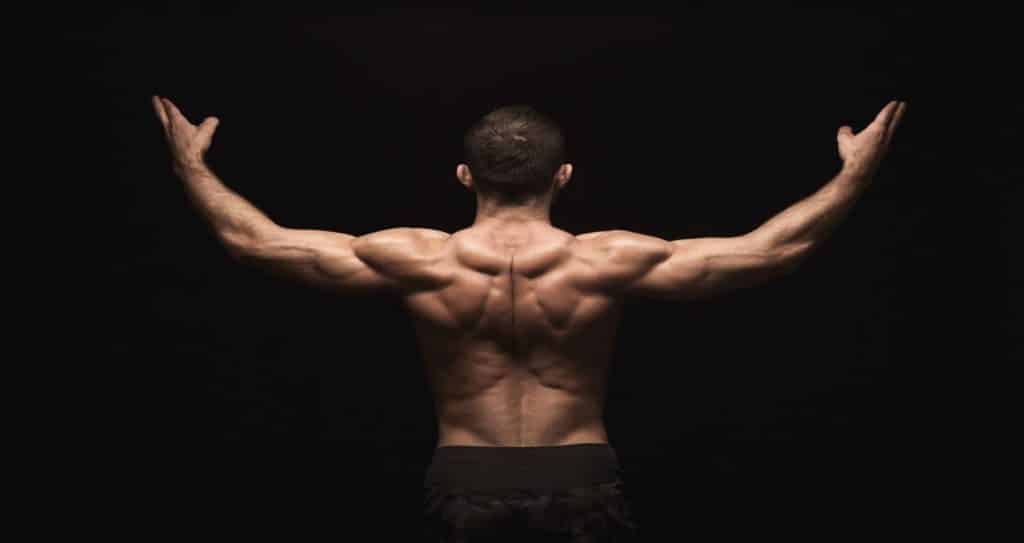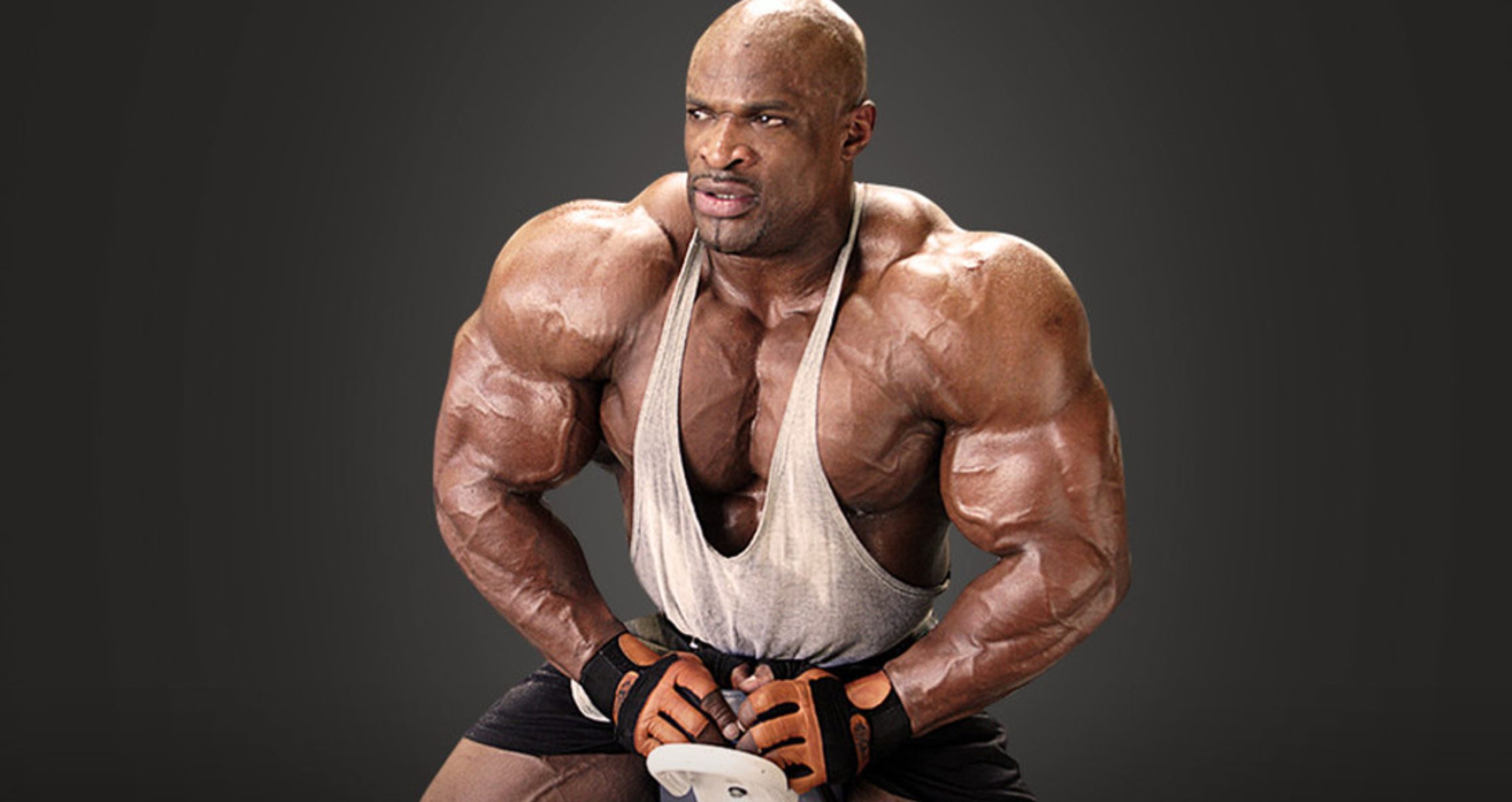The erector spinae muscles are critical for daily tasks and support during weightlifting.
Focusing on specific exercises that target all areas of the body is crucial for a well-rounded fitness routine. However, despite their importance, some muscles often go unnoticed. One such overlooked muscle group is the erector spinae.
The erector spinae are muscles running along the spine. They’re vital in keeping the upper body upright. A strong, well-developed erector spinae contributes to a balanced and aesthetically pleasing physique and equips you with the strength and stability needed for daily tasks.
This article explores the importance of the erector spinae and its role in overall fitness. It also highlights specific erector spinae workouts designed to target this critical muscle group. These exercises can help you diversify your workouts and prevent muscle imbalances that could lead to injury. Read on to learn how to integrate these erector spinae workouts into your routine for a stronger, more balanced body.
Overview
The erector spinae runs along the spine from the base of the skull to the bottom of the hips. They lie on either side of the spine, helping you keep your back straight and assisting in lateral rotation (1).
They include three major muscles which are;
- Spinalis Muscles
- Longissimus Muscles
- Iliocostalis Muscles
Spinalis Muscles
The spinalis is the smallest of the three muscles. It’s located in the medial region, allowing the spine to flex laterally. The spinal muscles are divided into the spinalis thoracis, spinalis capitis, and spinalis thoracic.
Longissimus Muscles
The longissimus is the largest muscle of the erector spinae, and it extends the spine. This muscle also helps rotate the head homo-laterally. It’s further divided into the longissimus capitis, longissimus colli, and longissimus thoracis.
Iliocostalis Muscles
The iliocostalis muscle is the most lateral of the erector spinae muscles. It runs from the sacrum and flexes to extend the spine. This muscle is divided into the iliocostalis colli, iliocostalis lumborum, and iliocostalis thoracis.
Benefits of a Strong Erector Spinae
So, what makes the erector spinae so important, especially in bodybuilding?
- A strong erector spinae helps protect the spine from injury, especially when performing onerous tasks.
- It can help improve athletic performance. You can run, jump, lift heavy objects, and move better.
- The erector spinae muscles can improve oxygen delivery to your body by expanding your rib cage.
- Regularly working and building your erector spinae stretches them and improves your flexibility and range of motion.
- It also keeps the spine straight and helps improve posture and balance.
Top 5 Erector Spinae Workouts
Now that we understand the importance of erector spinae and why we must train them, what specific exercises can we use to strengthen and build this group of muscles? Below are five erector spinae workouts.
- Good Mornings
- 45-Degree Back Extensions
- Rack Pulls
- Cat Cows
- Lumbar Pull Throughs
Good Mornings
This exercise primarily works with the erector spinae to perform the movement. It also recruits other muscles, such as the hamstrings, glutes, and core muscles, which help with stability.
For this exercise, you can use free weights like a barbell, dumbbell, or resistance band to add more resistance and work your erector spinae faster.
How To:
- Place the barbell on your upper back and use an overhand grip with a shoulder-width length.
- Brace your core, pull your shoulder blades back, and push your chest out (keeping a neutral spine in this position). This is your starting position.
- Next, hinge your hip and slowly lean forward till your torso is almost parallel to the floor.
- Hold for two to three seconds and slowly reverse the movement to the starting position, making one rep.
- Repeat this movement for as many reps as you can.
45-Degree Back Extensions
The 45-degree back extension is a back isolation exercise that targets the erector spinae. A study shows that this routine builds the back and increases spinal range of motion (2). You perform this exercise on a back extension machine set at a 45-degree angle. It also works your lower back, glutes, and hamstrings.
How To:
- Set the back extension machine to 45 degrees. Then, lie face down with your hips slightly above the pad and secure your feet.
- Cross your arms on your chest and brace your core muscles. This is your starting position.
- Next, lower your torso while engaging your glutes and lower back. Hold for one to two seconds.
- Slowly lift your torso as you return to the starting position.
- Repeat this movement for as many reps as you desire.
Rack Pulls
Rack pulls are weight training exercises that work multiple muscles in the back, including all the erector spinae muscles. An advantage of this exercise is you can train heavily with it. The heavier you go, the more you work your spine.
How To:
- Set the barbell on a low rack (it should be slightly above knee level).
- Stand in front of the barbell with a shoulder-width stance and slightly bend your knees.
- Next, hinge your hips and grab the bar using an overhand grip using a shoulder-width length.
- Inhale and pull the bar while driving through your heels and fully extend your hips and knees.
- Finally, lower the bar back to the rack.
Cat Cows
Cat cows are effective bodyweight exercises that work the erector spinae and stretch the hips, spine, and core. This routine is easy to execute and can be used as a warmup.
How To:
- Place your hands and knees on the floor, making the shape of a table (your hands should be directly under your shoulders and knees under your hips).
- Next, round your back while lifting your head. Hold this position for about two to three seconds.
- Then, arch your spine, lower your head, and hold for about two to three seconds.
- You can do this movement repeatedly for at least 30 seconds.
Lumbar Pull Throughs
The lumber pull through is a strengthening exercise that helps work the spine and surrounding muscles. It uses a resistance band attached to a stable object that allows the band to pull you through a full flexion.
How To:
- Attach one end of the resistance band to a stable object and stand behind it using a shoulder-width length.
- Make sure you’re holding the bands with both hands between your legs. This is your starting position.
- Initiate the movement by keeping your legs straight while the resistance band pulls your spine to a lumbar flexion.
- Hold in this position for about one to two seconds and return to the starting position, making it one rep.
Follow Generation Iron on Instagram, Facebook, and Twitter for more workout!
References
- Henson B, Kadiyala B, Edens MA. Anatomy, Back, Muscles. [Updated 2023 Aug 14]. In: StatPearls [Internet]. Treasure Island (FL): StatPearls Publishing; 2025 Jan-. Available from: https://www.ncbi.nlm.nih.gov/books/NBK537074/
- Yaprak Y. (2013). The effects of back extension training on back muscle strength and spinal range of motion in young females. Biology of sport, 30(3), 201–206. https://doi.org/10.5604/20831862.1047500








